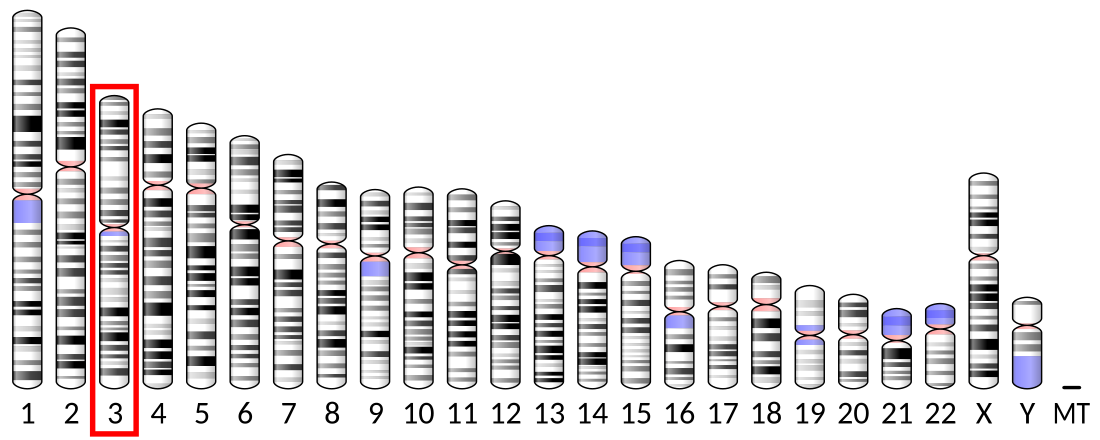Top Qs
Timeline
Chat
Perspective
Carnitine-acylcarnitine translocase
Mammalian protein found in Homo sapiens From Wikipedia, the free encyclopedia
Remove ads
Carnitine-acylcarnitine translocase (CACT) is responsible for passive transport of carnitine and carnitine-fatty acid complexes and across the inner mitochondrial membrane as part of the carnitine shuttle system.
Remove ads
Function
Fatty acyl–carnitine can diffuse from the cytosol across the porous outer mitochondrial membrane to the intermembrane space, but must utilize CACT to cross the nonporous inner mitochondrial membrane and reach the mitochondrial matrix.[5] CACT is a cotransporter, returning one molecule of carnitine from the matrix to the intermembrane space as one molecule of fatty acyl–carnitine moves into the matrix.[6]
Remove ads
Clinical significance
A disorder is associated with carnitine-acylcarnitine translocase deficiency. This disorder disrupts the carnitine shuttle system from moving fatty acids across the mitochondrial membrane, leading to a decrease in fatty acid catabolism. The result is an accumulation of fatty acid within muscles and liver, decreased tolerance to long term exercise, inability to fast for more than a few hours, muscle weakness and wasting, and a strong acidic smell on the breath (due to protein catabolism).[7]

Remove ads
References
Wikiwand - on
Seamless Wikipedia browsing. On steroids.
Remove ads




